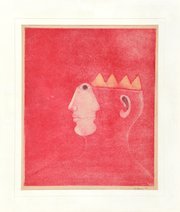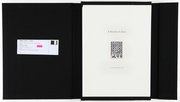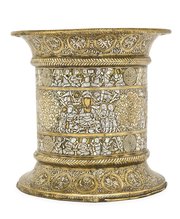
Umayyad Byzantine Gold Dinar
Museum of Islamic Art
- Title:
- Umayyad Byzantine Gold Dinar
- Caliph:
- Abd Al Malik Ibn Marwan
- Production place:
- Near East
- Date:
- 679 - 691
- Period:
- Umayyad
- Title:
- Umayyad Byzantine Gold Dinar
- Caliph:
- Abd Al Malik Ibn Marwan
- Production place:
- Near East
- Date:
- 679 - 691
- Period:
- Umayyad
- Material:
- Gold
- Technique:
- Minting
- Diameter:
- 2 cm
Circulating and used on a daily basis, coins are the earliest testimonies of the foundation of Islamic states and the development of trade. Muslim rulers first used Byzantine gold coins (solidus), which was the most common currency still in use in the early years of Islam. This dinar is an example of the first coins struck between 60 and 72 AH / 679-691 CE that take Byzantine coins as models and would still bear the same legends and iconography, but excluding the Christian symbols. Such coins bear on the reverse a pole topped by a bar on four steps, with the inscription of the Byzantine emblem VICTORIA AVGG, Latin transcription of the formula Victoria Augustorum (‘Victory of the August’). The obverse includes the Byzantine emperor standing with his two sons.



